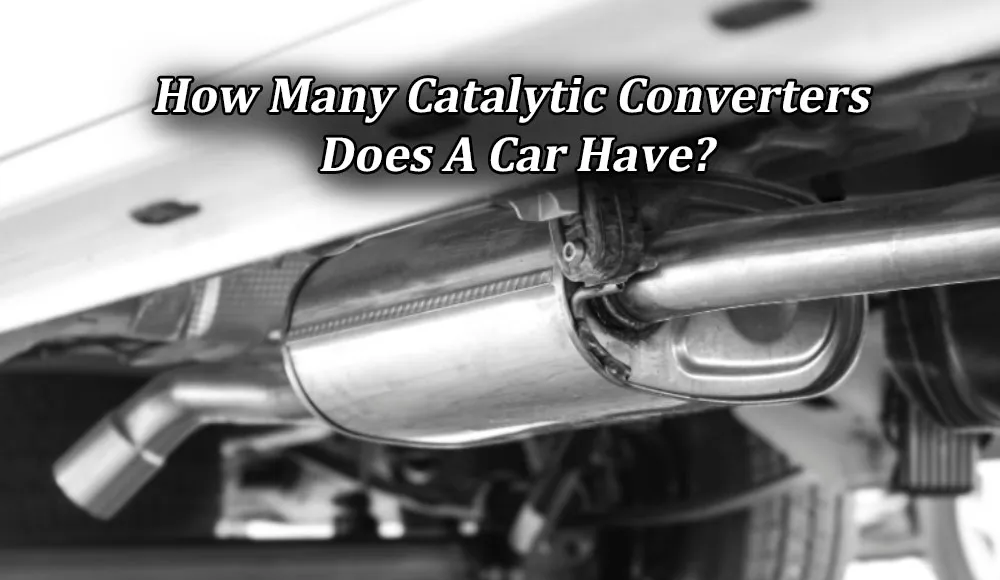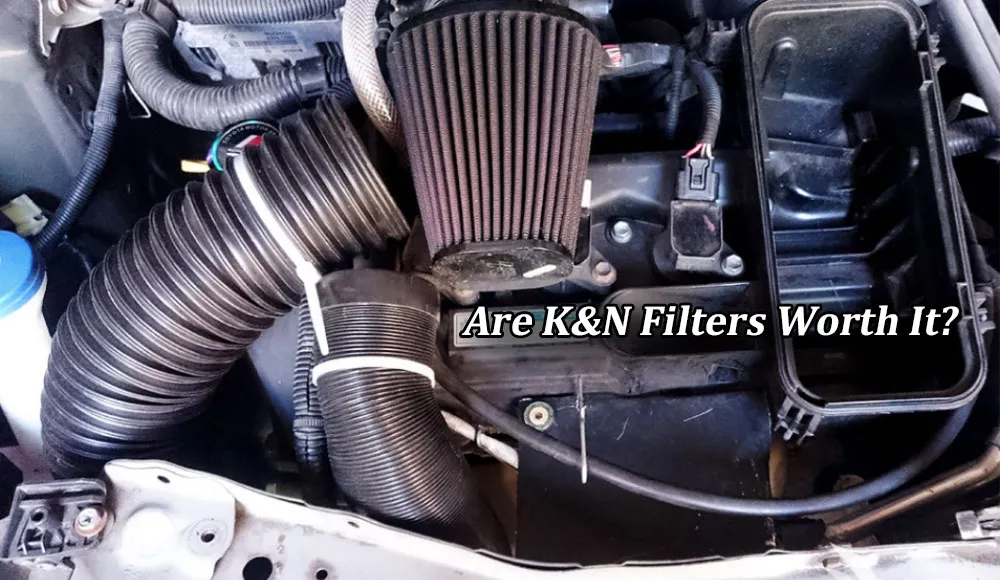Hey there, car enthusiasts and curious minds! Today, I’m delving into a topic that might seem a bit technical at first, but it’s incredibly relevant for anyone who owns or is interested in cars. I’m talking about catalytic converters – those crucial components of your vehicle that play a significant role in reducing emissions.
You might be wondering, “How many catalytic converters does a car have?” Well, buckle up, because I’m about to guide you through this!

The Basics of Catalytic Converters
What is a Catalytic Converter?
First things first, let’s talk about what a catalytic converter actually is. This nifty device is an integral part of your car’s exhaust system. Its main job? To reduce harmful emissions from your car’s engine, converting them into less harmful substances before they exit the vehicle. It’s like an environmental superhero, keeping our air cleaner!
How Do They Work?
Catalytic converters typically use a combination of platinum, palladium, and rhodium to create chemical reactions that neutralize harmful gases. When the exhaust gases pass through the converter, these metals act as catalysts to transform pollutants like nitrogen oxides, carbon monoxide, and hydrocarbons into nitrogen, carbon dioxide, and water vapor – much friendlier to our atmosphere.
Standard Cars and Catalytic Converters
The Typical Setup
In most standard cars, you’ll usually find just one catalytic converter. It’s generally located between the engine and the muffler on the underside of the car. This single converter is often sufficient for the amount of exhaust a standard car produces. But, of course, this can vary depending on the car’s make, model, and engine size.
High-Performance and Luxury Vehicles
More Than Just One
Now, when we step into the realm of high-performance and luxury vehicles, things get a bit more complex. Many of these cars come equipped with more than one catalytic converter. Why, you ask? Well, it’s often due to these cars having dual exhaust systems, which means they need an extra converter to handle the additional exhaust flow.
Performance and Emissions
High-performance cars are designed for speed and power, which can lead to more emissions. Multiple catalytic converters ensure that these powerful machines meet emission standards while still delivering the performance enthusiasts crave.
Trucks and Larger Vehicles
Bigger Engines, More Converters
Trucks and larger vehicles often require multiple catalytic converters. This is mainly because they have larger engines and, consequently, more complex exhaust systems. The more cylinders an engine has, the more exhaust it produces, and thus, the greater the need for additional converters.
Commercial vs Personal Use
It’s also interesting to note that commercial trucks often have different catalytic converter setups compared to personal-use trucks. This is due to the heavier workload and longer operating hours of commercial vehicles, which demand a more robust emission control system.
Hybrid and Electric Vehicles
Hybrids and Their Converters
Hybrid vehicles are fascinating because they combine internal combustion engines with electric power. While they do have catalytic converters for their gasoline engines, the overall emissions are typically lower due to the reduced reliance on fossil fuels.
Electric Vehicles: A Different Story
And what about electric vehicles (EVs)? They represent a whole different scenario. EVs don’t have traditional internal combustion engines, so they don’t produce exhaust gases in the same way. This means no catalytic converters are needed. It’s one of the many environmental benefits of going electric.
Conclusion
So, how many catalytic converters does a car have? As we’ve seen, it really depends on the type of vehicle. Standard cars usually have one, high-performance and luxury vehicles might have multiple, trucks and larger vehicles often require more due to their size and engine capacity, and hybrids have them but use them less, while electric vehicles bypass the need entirely.
Understanding the role and number of catalytic converters in your vehicle isn’t just a trivia fact. It’s essential knowledge for maintenance, environmental awareness, and even theft prevention (yes, catalytic converters are sometimes targeted by thieves for their precious metals).


